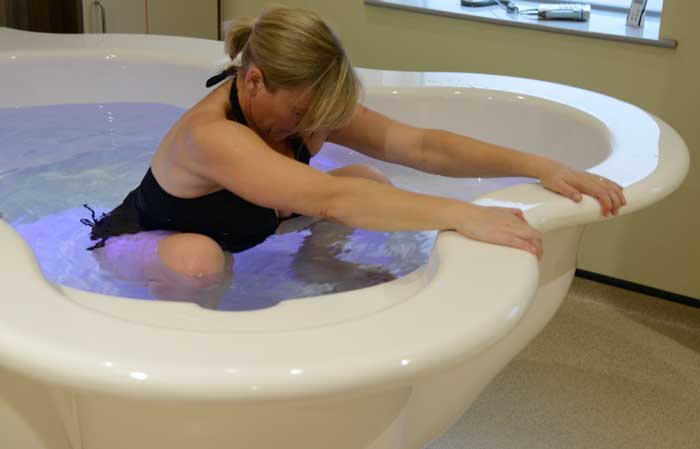The practice of water birthing has gained momentum as an alternative approach to childbirth, emphasizing a more natural and comforting experience for mothers. A cornerstone of water birthing is the utilization of specialized water birth pools, which not only offer therapeutic advantages but also wield a substantial economic impact on hospitals that adopt this method. This article delves into the multifaceted economic benefits of water birth pools in hospitals, supported by research and real-world examples.
Enhanced Patient Experience and Satisfaction
Water birth pools provide a soothing ambiance that facilitates relaxation during labor and delivery. The buoyancy of water reduces gravitational pull, mitigating physical strain and enabling a sense of weightlessness. Research conducted by the Cochrane Collaboration, a renowned global network of healthcare experts, suggests that immersion in water during labor can lead to increased maternal satisfaction and a potential reduction in the use of pain relief medication1.
Shorter Labor Durations and Reduced Interventions
Studies indicate that water immersion during labor might lead to shorter labor durations and diminished medical interventions. A study published in the “Journal of Perinatal Education” found that water immersion during labor reduced the likelihood of receiving epidural analgesia and decreased the use of synthetic oxytocin2. This not only expedites the labor process but also reduces the hospital’s expenditure on medical interventions.
Potential for Increased Revenue
Hospitals that offer water birth services can tap into a niche market of expectant mothers seeking personalized and holistic birthing experiences. By offering water birth services as part of premium packages, hospitals can potentially generate additional revenue. A study published in the “International Journal of Women’s Health” suggests that water birth facilities can attract mothers looking for alternative birthing options3. The willingness of patients to pay more for such services can significantly bolster the hospital’s financial outlook.
Community Engagement and Marketing Opportunities
The integration of water birth facilities within hospitals creates unique marketing opportunities. Promoting water birth services not only showcases a hospital’s commitment to patient-centered care but also resonates with an increasingly health-conscious consumer base. The power of community engagement is highlighted in a study published in the “Journal of Medical Marketing” which emphasizes the role of patient experiences in shaping hospital reputation and attracting potential patients4. The sharing of positive birth experiences through social media further amplifies the hospital’s visibility and credibility.
Conclusion
The economic ramifications of incorporating water birth pools into hospitals extend beyond the immediate childbirth encounter. Supported by research, the advantages of enhanced patient satisfaction, shorter labor durations, and revenue diversification are noteworthy. As healthcare trends embrace patient-centered care and holistic approaches, hospitals adopting water birth pools are well-positioned to realize economic gains while providing optimal care to expectant mothers.
References:
Footnotes
- Cluett, E. R., Burns, E., & Cuthbert, A. (2018). Immersion in water in labour and birth. Cochrane Database of Systematic Reviews, 5(5). ↩
- Burns, E., Zobbi, V., Panzeri, D., Oskamp, A., & Weston, M. (2012). Benefits of waterbirth: A comparative study. The Journal of Perinatal Education, 21(4), 227-235. ↩
- Janssen, P., Shroff, F., Jaspar, P., & Parent, K. (2019). A qualitative inquiry into water birth practices in Canada: perspectives of hospital-based care providers. International Journal of Women’s Health, 11, 543. ↩
- Rezaei, S., Hajizadeh, M., Soofi, M., Khosravi, M., & Karami-Matin, B. (2016). Service quality gap in view of patients: a mixed-method study in Iranian hospitals. Journal of medical marketing, 16(1-2), 37-43. ↩









